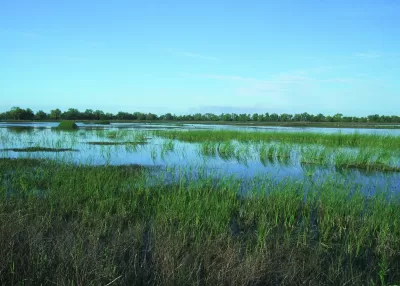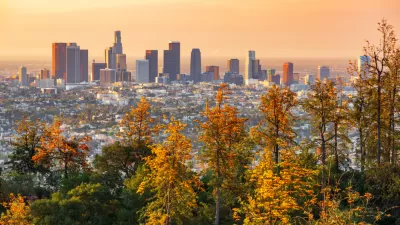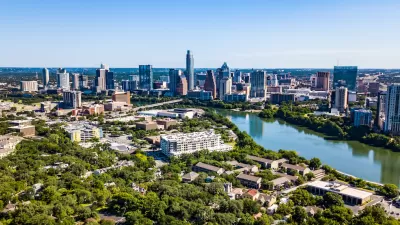Five actions governments could take quickly to reduce emissions and restore ecosystems.

As climate change poses an increasingly urgent threat, writes Zak Smith, "[t]he United States and other countries can immediately expand investment and support for natural climate solutions that provide the triple benefit of reducing emissions, taking carbon out of the atmosphere, and increasing the resiliency of the natural world." Focusing on restoration and resilience will put ecosystems "in a better position to withstand climate change impacts, which means they’ll be more likely to continue providing the foundational natural building blocks we rely upon for human life, like clean air, clean water, food security, and flood control."
Natural climate solutions, argues Smith, "provide an opportunity to bring everyone to the table. To avoid the mistakes of the past, we must include the voices of communities that have been and will be disproportionately burdened by the impacts of climate change and the industries creating our global warming nightmare."
Smith suggests five actions that can be taken immediately:
- Protect the ocean, "our best ally in combating climate change."
- Protect forests. Smith argues that because "countries in the Global North are driving some of the fastest primary forest loss in the world," they must "look beyond tree planting and protect the carbon-rich forests and trees already playing such an important role in the climate fight."
- "Embrace regenerative agriculture" and create more sustainable food systems.
- Acknowledge the importance of wetlands and take steps to protect them.
- Dedicate more land area to nature. " If we conserve enough representative ecosystems, we can reverse terrestrial biodiversity loss, limit future carbon emissions from land conversions, and bolster natural carbon removal."
FULL STORY: Five Natural Climate Solutions to Mitigate Climate Change

Planetizen Federal Action Tracker
A weekly monitor of how Trump’s orders and actions are impacting planners and planning in America.

Map: Where Senate Republicans Want to Sell Your Public Lands
For public land advocates, the Senate Republicans’ proposal to sell millions of acres of public land in the West is “the biggest fight of their careers.”

Restaurant Patios Were a Pandemic Win — Why Were They so Hard to Keep?
Social distancing requirements and changes in travel patterns prompted cities to pilot new uses for street and sidewalk space. Then it got complicated.

Albuquerque Route 66 Motels Become Affordable Housing
A $4 million city fund is incentivizing developers to breathe new life into derelict midcentury motels.

DC Area County Eliminates Bus Fares
Montgomery County joins a growing trend of making transit free.

Platform Pilsner: Vancouver Transit Agency Releases... a Beer?
TransLink will receive a portion of every sale of the four-pack.
Urban Design for Planners 1: Software Tools
This six-course series explores essential urban design concepts using open source software and equips planners with the tools they need to participate fully in the urban design process.
Planning for Universal Design
Learn the tools for implementing Universal Design in planning regulations.
Heyer Gruel & Associates PA
JM Goldson LLC
Custer County Colorado
City of Camden Redevelopment Agency
City of Astoria
Transportation Research & Education Center (TREC) at Portland State University
Camden Redevelopment Agency
City of Claremont
Municipality of Princeton (NJ)





























